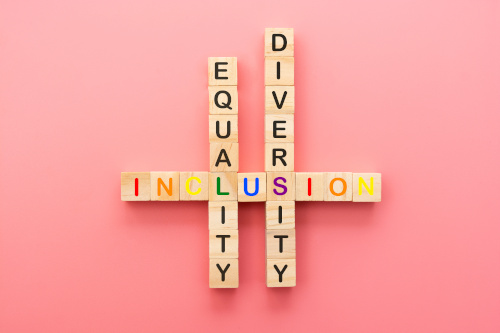Adjoining to the challenges that the pandemic posed, youth who signify as lesbian, homosexual, bisexual or Black are constantly battling psychological, emotional, and cultural obstacles and limitations related to understanding their identification inside institutional and social constructs that continuously inform them they’re not “regular” or “not sufficient.” There are fixed implicit messages telling LGBTQIA+, feminine, and BIPOC youth how they “ought to” be, and the best way youth internalize these messages can result in psychological and emotional conflicts.
This can be a name to motion. All of us have a job – massive and small – in terms of our group’s well being, and typically the small issues have the best influence. For educators and program designers, the time that college students spend of their school rooms is a chance to create a container the place college students really feel actually seen, discover attunement, forge group, and join with their friends and trusted adults. Time and time once more, relationship and connection show to be necessary to therapeutic.
Inclusive applications and curriculum design are inherently structured to raise and make house for all of the distinctive identities and experiences that youth carry into the classroom. This creates a secure, constructive, and affirming surroundings for all and straight destabilizes the facility hierarchies and social constructs which have exacerbated psychological well being challenges for youth.
For educators, youth improvement staff, program facilitators, mentors, and program designers alike, listed below are three steps you possibly can take right this moment to create a extra inclusive house for youth:
- Do some private work. We’re all merchandise of the world we grew up in, and though everybody has implicit bias, we don’t need to be brokers of it. Ask your self, what implicit messages am I imparting? What unintended influence did I’ve on an individual or state of affairs? Put apart your good intentions and justifications, and reply this truthfully. What function do you wish to play in subverting present stereotypes? Know when to confess whenever you’re mistaken and course right your habits. Assess how one can be a job mannequin for openness and a progress mindset.
- Get to know your college students. It sounds so easy, however in the event you do your private work, you’ll see how typically the message of “you’re not regular” is imparted to younger individuals. Invite youth to share their pronouns; ask college students how you can pronounce their names after which say it appropriately; study extra about what’s necessary to them and take note of the way it exhibits up within the classroom.
- Be intentional in centering scholar voice, selection, and expertise. Ask open-ended questions to grasp the place youth are coming from. Take note of verbal and nonverbal cues that point out what they should thrive. Assist youth who’re navigating troublesome identification moments, and allow them to know that being their genuine selves is their proper. Combine social and emotional studying. Construct in alternatives for all learners – auditory, visible, kinesthetic, studying/writing and experiential – and permit fluidity for college students to reveal understanding. Create alternatives for youth voice and selection. Search suggestions; test in; ask, “How was that for you?”; and role-model openness and energetic listening so youth really feel comfy being actual with you.
For our youth, particularly those that establish as LGBTQIA+, feminine, and BIPOC, having an area the place they really feel seen and uplifted is crucial to successfully compensate for societal stereotypes and all the opposite methods they’re excluded. That is mission essential to efficiently establish, assess, deal with, and treatment the alarming rise in youth psychological well being points, each within the fast time period and sooner or later.

